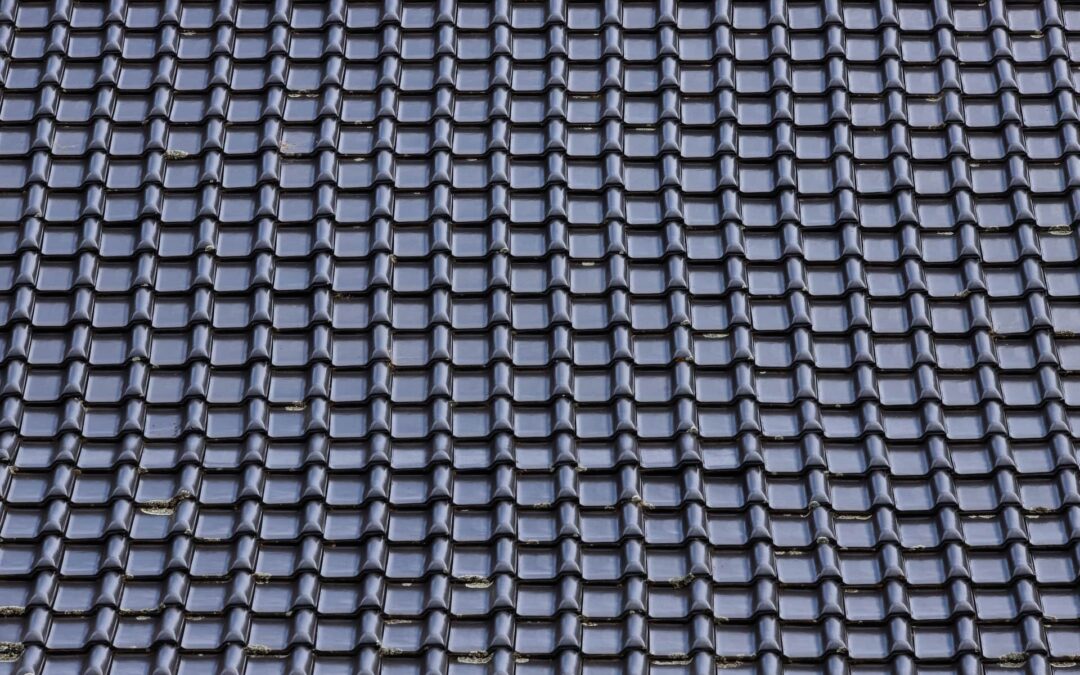Are you trying to decide between slate roofing and tile roofing? Both options have their advantages and disadvantages. In this article, our roofers will explain the pros and cons of each to help you make an informed decision.
We will discuss cost considerations, durability and lifespan, aesthetics and style options, maintenance and repairs, as well as the environmental impact. By considering all of these factors, you can determine which roofing material is best suited for your needs.
Comparing the Costs: Slate Roofing vs. Tile Roofing for Your Long-Term Investment
When it comes to cost considerations, you need to evaluate the overall expenses associated with slate roofing and tile roofing. Both types of roofing materials have different installation prices and long-term value.
Slate roofing is known for its durability and longevity, lasting for over a century in some cases. However, it also comes with a higher upfront cost due to the complexity of its installation process. On the other hand, tile roofing is more affordable to install, but it may require more maintenance and repairs over time.
When looking at the long-term value, slate roofing tends to provide a better return on investment due to its lifespan and minimal maintenance needs. Ultimately, it’s important to consider your budget and long-term goals when deciding between slate and tile roofing.
Durability and Lifespan of Roofing Materials
If you are considering the pros and cons of slate roofing vs. tile roofing, you’ll want to know about the durability and lifespan of each option.
Both slate and tile roofing offer excellent longevity and can withstand harsh weather conditions. In the table below, we have provided a brief comparison of the durability and lifespan of both roofing materials.
Slate roofing | Tile roofing |
| Known for its exceptional durability, slate roofs can last for over a century | Can last for 50 to 100 years, depending on the material used. |
| Highly resistant to fire, making it a safe option for your home. | Provides excellent protection against fire, as most tiles are non-combustible. |
| Offers superior weather resistance, withstanding strong winds, heavy rain, and hail. | Offers good weather resistance, although some tile materials may be more prone to cracking in extreme temperatures. |
| Requires minimal maintenance, reducing long-term costs. | Requires periodic inspections and repairs to ensure its longevity. |
Considering the longevity and weather resistance, both slate roofing and tile roofing are reliable options for homeowners.
Aesthetics and Style Options
When it comes to customization options, both slate and tile offer a wide range of choices to suit your personal preferences. Slate roofing comes in various colors, including gray, black, green, and red, allowing for flexibility in matching your home’s exterior design.
On the other hand, tile roofing offers even more customization options, with a plethora of colors, patterns, and shapes to choose from, such as flat tiles, curved tiles, and barrel tiles.
In terms of architectural compatibility, slate roofing tends to blend well with traditional and historic homes due to its classic and elegant appearance.
On the other hand, tile roofing can complement a wider range of architectural styles, including Mediterranean, Spanish, and Southwestern designs. Ultimately, the choice between slate and tile roofing will depend on your personal style preferences and the architectural compatibility with your home.
Maintenance and Repairs of Slate vs. Tile Roof
To properly maintain and repair either a slate roof or a tile roof, you will need to regularly inspect and address any issues that arise. Both types of roofs have their own set of maintenance challenges and common repairs that you should be aware of. Here are some key points to consider:
- Regular inspections: It is essential to inspect your roof periodically to identify any signs of damage or wear. This will help you catch any issues early on and prevent further damage.
- Cleaning: Both slate and tile roofs require regular cleaning to remove debris, moss, or algae buildup. This will help maintain the integrity of the roof and prevent any potential damage.
- Replacing broken or cracked tiles: One of the common repairs for tile roofs is replacing broken or cracked tiles. This will ensure that your roof remains watertight and prevents any leaks.
- Replacing damaged or missing slates: For slate roofs, replacing damaged or missing slates is a common repair. This will help maintain the overall structural integrity of the roof and prevent any water penetration.
Environmental Impact
A life cycle assessment is a useful tool to evaluate the environmental impact of these roofing materials. Slate roofing has a longer lifespan compared to tile roofing, which means less waste over time. Additionally, slate is a natural material that requires minimal processing, making it more environmentally friendly.
On the other hand, tile roofing can be more energy efficient due to its insulation properties, reducing the need for heating and cooling. However, the manufacturing process of tiles involves more energy consumption and emissions.
Overall, both slate and tile roofing have their own environmental advantages and disadvantages, and it is important to consider these factors when making a decision.
